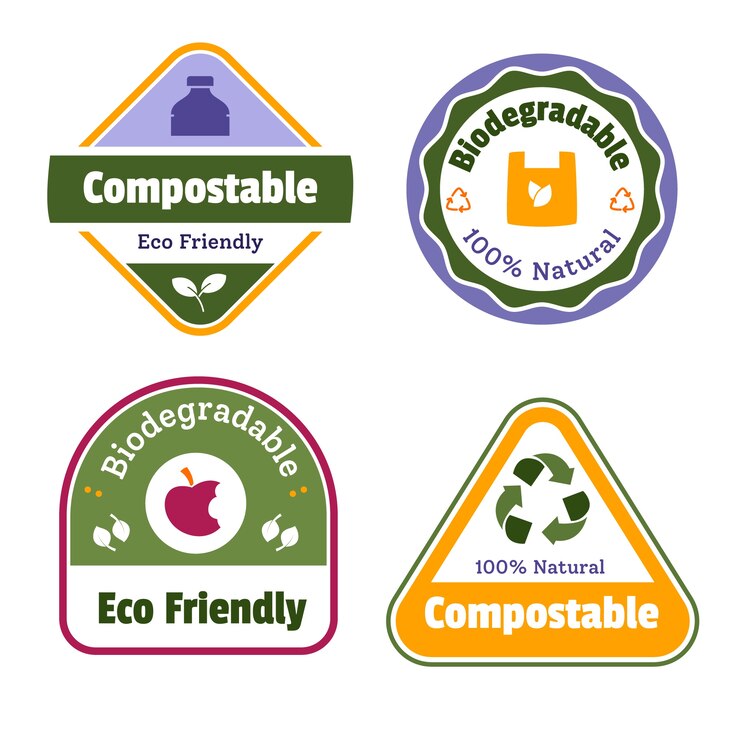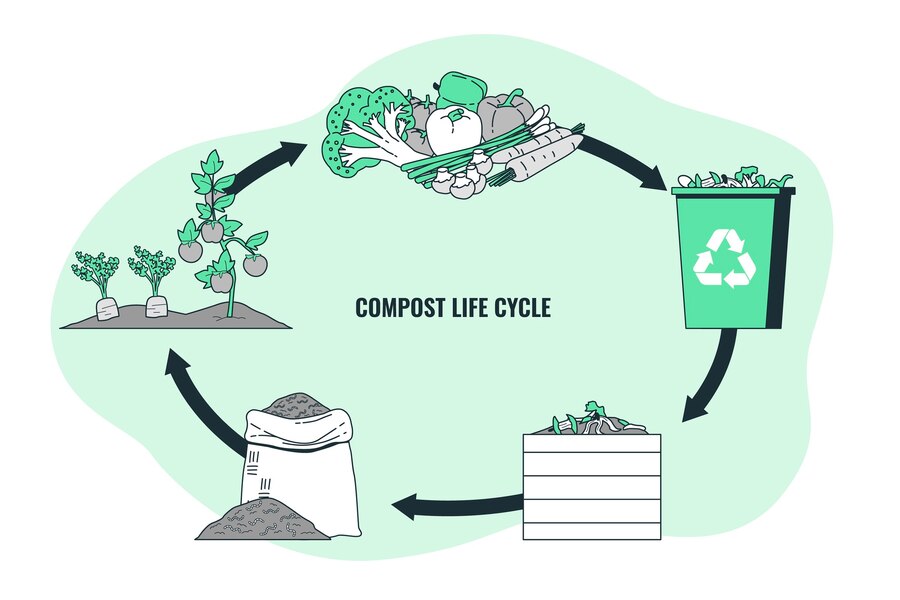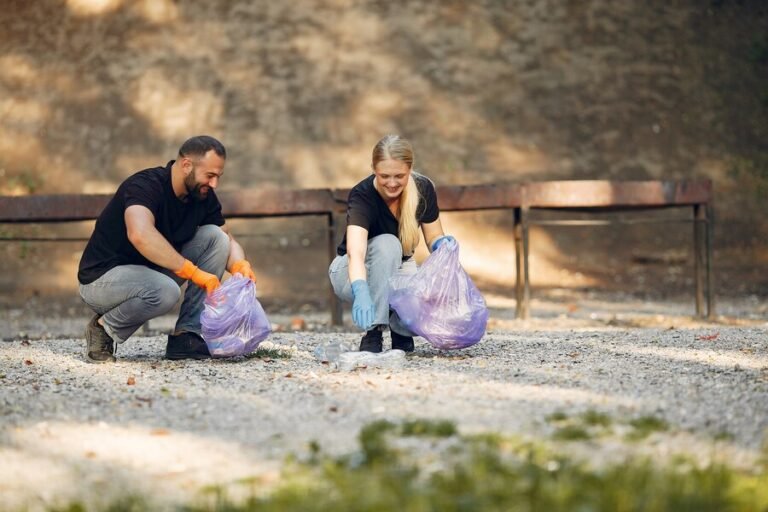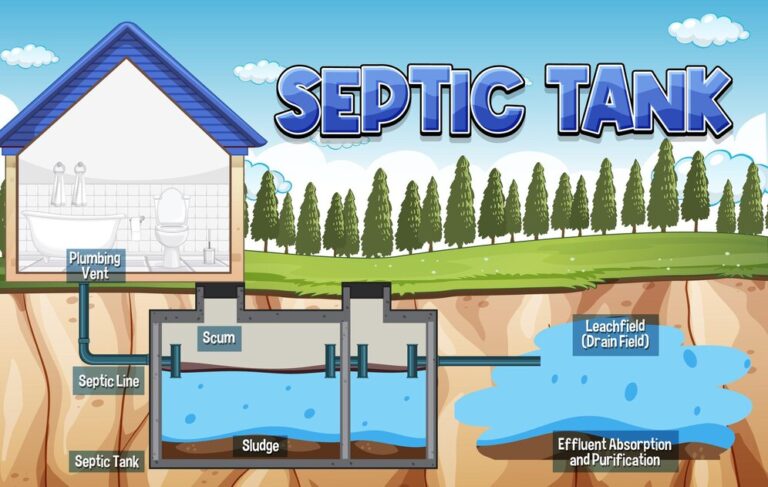Biodegradable vs. Compostable: The Ultimate Guide to Making Sustainable Choices
Have you ever found yourself staring at a product label that proudly says “biodegradable” or “compostable” and thought, “Great! This is eco-friendly”? I know I have. But, like many, I initially assumed these terms meant the same thing. After delving deeper into sustainability, I realized how critical it is to understand the difference between them. Not every “green” label guarantees an environmentally friendly product, and in some cases, what seems like an eco-conscious choice might have unintended consequences.
In this comprehensive guide, I’ll share my journey into understanding biodegradable and compostable materials. We’ll explore their definitions, how they work, their environmental impacts, and practical steps you can take to make responsible, informed decisions. Along the way, I’ll provide insights from experts, data from credible sources, and personal experiences to help you navigate the sometimes confusing world of eco-friendly products.

My Introduction to Biodegradables and Compostables: A Story of Confusion and Discovery
A couple of years ago, I started making a conscious effort to live a more sustainable lifestyle. I began replacing single-use plastics with products labelled “biodegradable” or “compostable,” feeling confident that I was doing my part for the planet. But one day, after hosting a backyard barbecue, I noticed that the “biodegradable” cutlery I used wasn’t decomposing in my compost pile. Weeks passed, and they looked just as intact as the day I bought them.
This was my wake-up call. I realized I had been making decisions based on buzzwords without fully understanding what they meant. Determined to learn more, I started researching, and what I discovered was both eye-opening and frustrating. It turns out that not all “biodegradable” or “compostable” items break down as easily as we might think.
Here’s what I learned:
What Does “Biodegradable” Actually Mean?
Biodegradable products are materials that can be broken down by microorganisms, such as bacteria and fungi, into natural substances like water, carbon dioxide, and biomass. Sounds simple, right? But the truth is more nuanced. Just because a product is biodegradable doesn’t mean it will decompose quickly or in any environment.
The Science Behind Biodegradation
The process of biodegradation depends on several factors, including:
- Temperature: Warmer temperatures typically accelerate the breakdown process.
- Moisture: Moist environments support microbial activity, helping materials degrade faster.
- Oxygen: Many biodegradable materials require oxygen to break down effectively.
For example, a biodegradable plastic bag might break down quickly in an industrial composting facility, where conditions are controlled. However, that same bag could take years to decompose in a landfill, where the lack of oxygen and moisture slows the process to a crawl.
Learn more: 5 Best Eco-Friendly Disposable Cutlery Options
Expert Insight: Biodegradability in Landfills
Dr Emily Hudson, an environmental scientist, explained to me, “Most landfills are designed to minimize decomposition, which means that even biodegradable materials can take decades to break down. If you throw a biodegradable product in the trash, there’s a good chance it will end up in a landfill, where it may not decompose as quickly as you’d expect.”
Key Takeaway: Biodegradable doesn’t mean “disappears quickly.” It’s important to understand where and how the product will break down.
What Does “Compostable” Mean?
Compostable products go a step further than biodegradable ones. Not only do they break down, but they do so in a way that produces nutrient-rich compost that can be used to enrich soil. However, this process requires specific conditions that are typically found in industrial composting facilities, not in your backyard compost pile.
The Composting Process
Composting is a managed process that involves:
- Mixing Greens and Browns: Balancing nitrogen-rich materials (like food scraps) with carbon-rich materials (like dry leaves).
- Maintaining Temperature: High temperatures (around 140°F/60°C) help break down tougher materials.
- Turning and Aerating: Regularly mixing the compost to introduce oxygen and keep the process going.
Compostable products, especially compostable plastics, require these controlled conditions to break down properly. Without the right temperature, moisture, and aeration, they may not decompose as intended.

Home vs. Industrial Composting
I once tried to compost a set of “compostable” plates at home, only to find that they didn’t degrade at all. I later learned that many compostable products are designed for industrial facilities, which can reach higher temperatures and maintain better conditions than a typical backyard pile.
Key Takeaway: If a product is labelled “compostable,” make sure you know whether it’s suitable for home composting or if it needs to go to an industrial facility.
The Differences Between Biodegradable and Compostable
| Aspect | Biodegradable | Compostable |
|---|---|---|
| Definition | Breaks down into natural elements over time. | Breaks down into nutrient-rich compost under specific conditions. |
| Breakdown Time | Varies widely, depending on the environment. | Generally within 180 days in a composting facility. |
| Required Conditions | Can decompose in natural conditions but may take longer. | Requires controlled conditions (heat, moisture, oxygen). |
| Environmental Impact | Leaves no harmful residue; and enriches the soil. | Leaves no harmful residue; and enriches the soil. |
| Certification | No universal standard; claims vary. | Certified by standards (e.g., ASTM D6400, EN 13432). |
Personal Insight: How Labels Can Be Misleading
It’s easy to assume that “biodegradable” is always the better choice, but my experience showed me otherwise. I bought “biodegradable” trash bags, thinking they would disappear in a landfill, but they likely would have just broken down into smaller pieces of plastic, creating microplastics. This realization was a turning point for me, and it emphasized the importance of understanding the conditions under which a product breaks down.
Learn more: What Is a Biodegradable Garbage Bag and Why Use It?
Certifications: What to Look For
One of the best ways to ensure that a product’s environmental claims are legitimate is to check for certifications. Here are a few you should know:
Common Certifications for Compostable Products
- ASTM D6400 (U.S.): Ensures that the product will fully decompose in an industrial composting facility within 180 days without leaving harmful residues.
- EN 13432 (Europe): Similar to ASTM D6400, certifies that a product is compostable under industrial conditions.
- OK Compost (Home & Industrial): A Belgian certification that distinguishes between products suitable for home composting and those that require industrial facilities.
Why Certifications Matter
Without certifications, it’s difficult to verify whether a product will truly decompose as claimed. I once bought a set of “biodegradable” party cups that, after weeks, showed no signs of breaking down. I learned later that the product wasn’t certified and likely needed a very specific set of conditions to decompose. Now, I always look for certifications to ensure I’m making an informed choice.
Key Takeaway: Check for credible certifications to avoid being misled by vague environmental claims.
The Environmental Impact: How Your Choices Matter
Choosing biodegradable and compostable products can make a significant difference, but it’s not always a simple matter of picking one over the other. Each has its benefits and drawbacks.
The Pros and Cons of Biodegradable Products
| Pros | Cons |
|---|---|
| Can decompose in natural environments | May require specific conditions to break down fully |
| Reduces the amount of plastic waste over time | Could leave microplastics if not properly decomposed |
| Versatile and can be used in a variety of products | Decomposition time can be unpredictable |
The Pros and Cons of Compostable Products
| Pros | Cons |
|---|---|
| Leaves no harmful residues; enriches soil | Requires controlled conditions for decomposition |
| Certified products guarantee eco-friendly breakdown | Not always suitable for home composting |
| Reduces the need for synthetic fertilizers | May cost more than traditional products |
Key Takeaway: Think about where the product will end up. If you don’t have access to industrial composting, consider if a biodegradable option would be more suitable or if there’s a reusable alternative.
Real-World Examples: Success Stories and Cautionary Tales
San Francisco: A Leader in Composting
San Francisco has been a trailblazer in waste management, with a citywide mandate that requires composting. The city provides residents with compost bins and ensures that compostable waste is processed correctly. This initiative has led to an 80% reduction in waste going to landfills, a huge step forward in sustainability.
A Cautionary Tale: The Challenges of Biodegradable Plastics
While biodegradable plastics are marketed as a greener alternative, they can still create problems. I learned from my local waste management centre that many “biodegradable” plastic bags are not accepted for composting because they don’t break down fast enough, contaminating the compost. This highlights the need for stricter standards and better consumer education.
Key Takeaway: Infrastructure matters. The success of compostable and biodegradable products depends on having the right systems in place to handle them.
How to Make Better Choices: Practical Tips
1. Understand the End-of-Life
Before buying a product, ask yourself where it will end up. Can it be composted at home, or will it need to go to an industrial facility? Will it break down in a landfill, or will it contribute to plastic pollution?
2. Look for Certified Products
Certifications give you peace of mind that a product will decompose as promised. Look for trusted certifications like ASTM D6400 or OK Compost.
3. Consider Reusable Alternatives
Wherever possible, opt for reusable products over single-use items. For example, I switched from using disposable coffee cups to a reusable mug, and it has significantly reduced my waste.
4. Educate Yourself on Local Waste Management
Find out what your local waste management services can handle. If they don’t accept compostable plastics, for instance, you may need to find a different way to dispose of these products or choose biodegradable items that can break down in other settings.
Key Takeaway: Small changes add up. By making informed choices, you can reduce your environmental impact one step at a time.
Conclusion: Every Small Choice Matters
Understanding the difference between biodegradable and compostable is more than just a matter of semantics—it’s about making responsible, sustainable choices. By knowing how these processes work, what certifications to look for, and how to properly dispose of these products, you can make a tangible difference. With the rise of new technologies and growing awareness, there’s hope that our future will be less cluttered with waste and more in harmony with nature.
I hope this guide has helped clarify the sometimes confusing world of eco-friendly products. If, like me, you’ve ever been unsure about which choice is best, just remember that every small decision you make is a step toward a cleaner, healthier planet.







